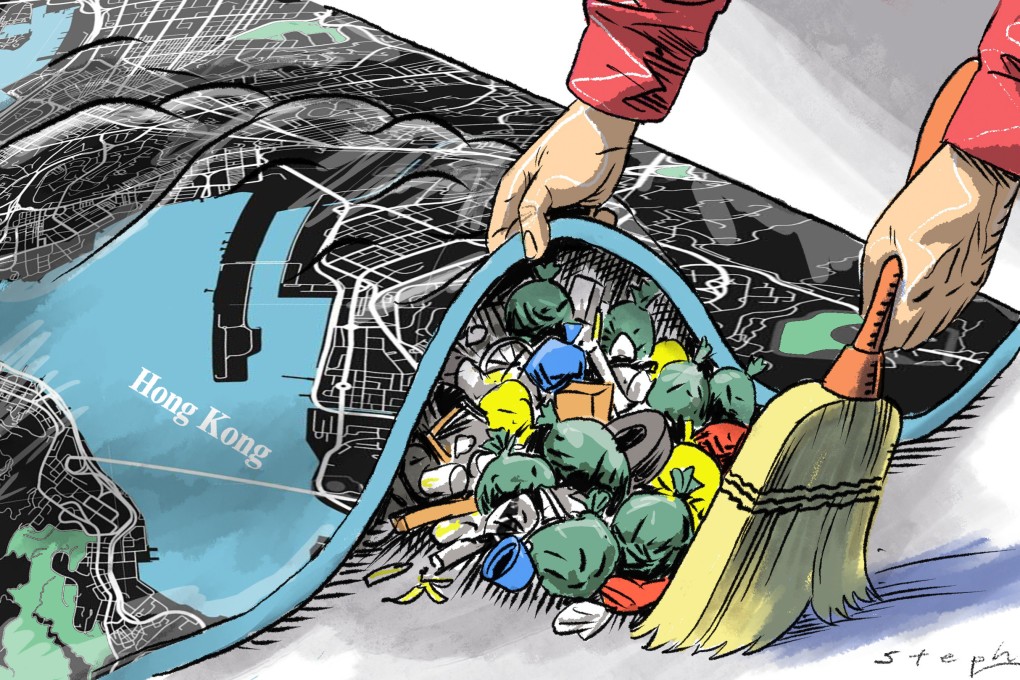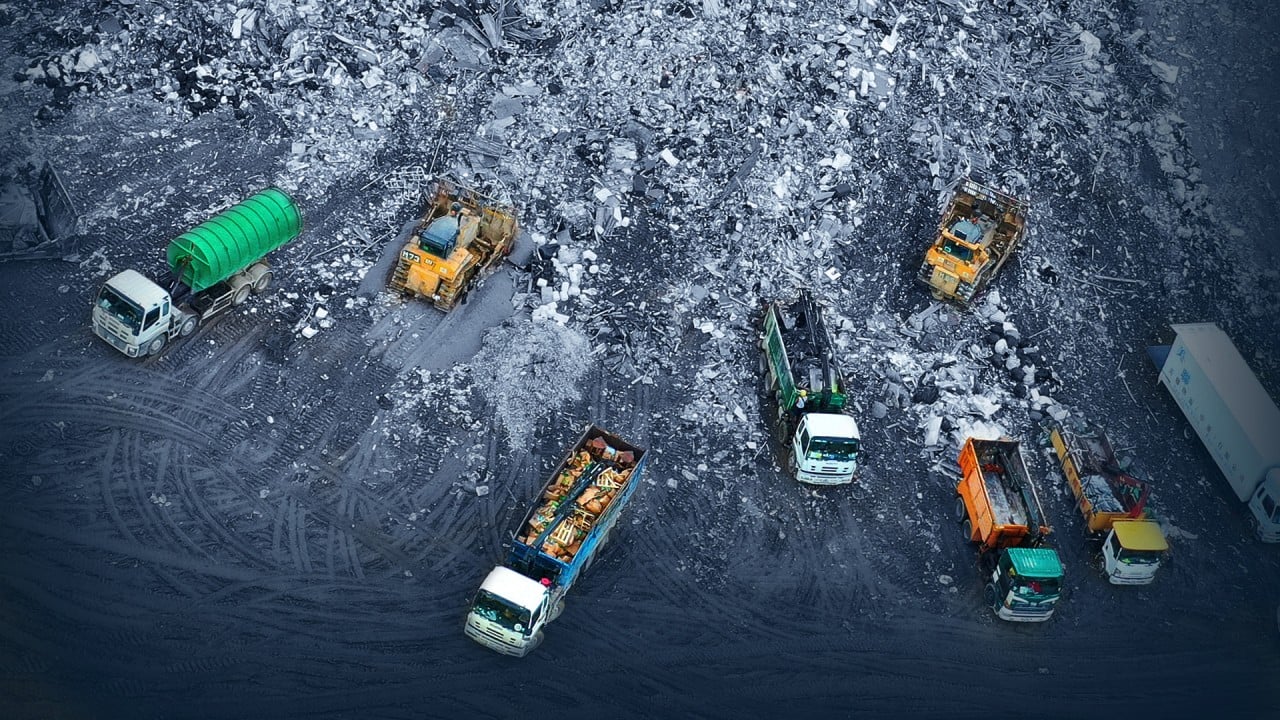Advertisement
Opinion | Hong Kong’s waste woes can’t wait for next charging scheme attempt
- The government shelving plans for a waste-charging scheme comes at a time when Hong Kong’s remaining landfills are on pace to be filled by 2026
- The time for debate and deliberation has run out, and the city needs an alternative plan to increase recycling and reduce the amount of waste sent to landfills
Reading Time:4 minutes
Why you can trust SCMP
2

Hong Kong’s municipal solid waste disposal problem has been with us for a long time and will not go away soon. The city has reached a crunch point after decades of procrastination and inadequate attention. Once again, a decisive solution has been sidestepped and the problem remains.
Advertisement
Ten years ago, I worked with concerned and knowledgeable individuals in the Integrated Waste Management Action Group. We analysed the government’s proposals in the 2013 blueprint for the sustainable use of resources and concluded that reliance on one large incinerator and waste reduction could not meet the targets.
The group proposed a Plan B. First, it emphasised that the prime objective should be to reduce to the minimum the amount of waste that goes to landfills or incinerators to reduce the need to expand the city’s landfill sites.
Second, four regional sites – none requiring reclamation – should be adopted for fully integrated waste management facilities. Third, all municipal waste should be processed through high-capacity mechanical waste sorting plants before going to waste-to-energy plants or landfills.
Finally, as a last resort, small scale waste-to-energy plants – either incinerators or gasification plants – should be provided within some of these sites to reduce the quantity of municipal waste going to landfills.
The main issue with the government’s blueprint was that it also depended on a reduction in waste going to landfills. According to the blueprint’s projections, by 2022 waste recycling would account for 55 per cent, incineration 23 per cent and landfill disposal only 22 per cent. The city has yet to live up to these targets.

Advertisement

